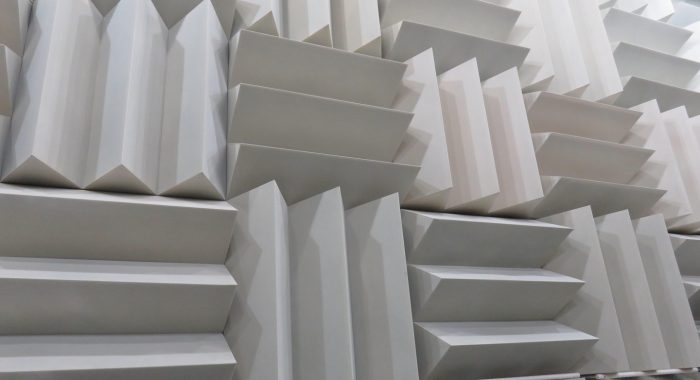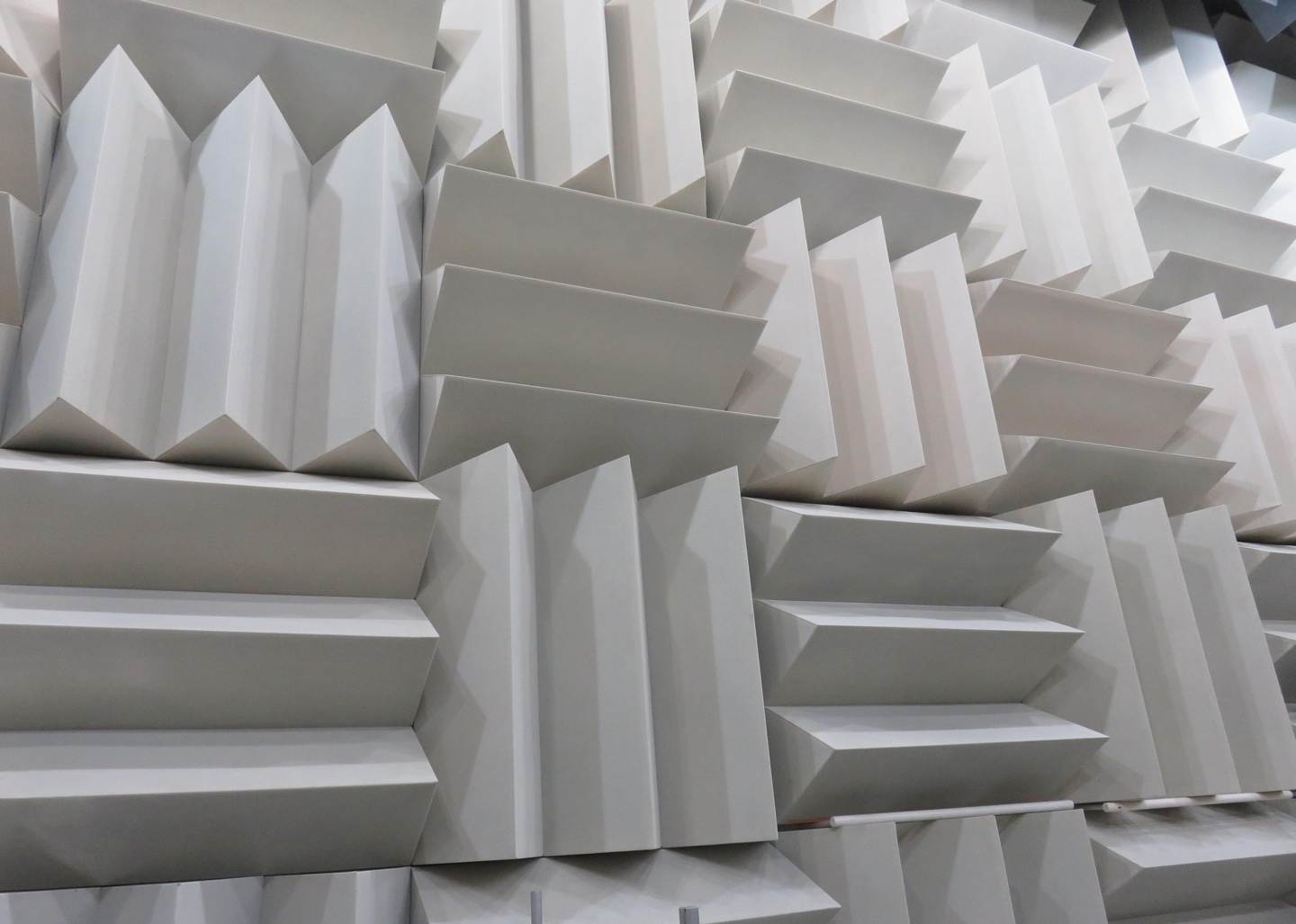
Vibration Decoupling for Quiet, Reliable and Durable Products
In this video, E-A-R Applications Engineer Chirag Patel explains the principles of vibration decoupling and why it is important for OEMs. Using a music box and a table, Chirag demonstrates the difference between a coupled and decoupled system, and the noticeable impact that it can have. With the music box in direct contact with the table, […]
Read More About It
Why Choose E-A-R ISODAMP Over Rubber
Because not all elastomers are created equal. When comparing the damping characteristics of E-A-R ISODAMP C-8002 side by side with EPDM rubber, the difference is palpable. In the linked video, Pete Masterson, Senior Applications Engineer with Aearo Technologies LLC, explains and demonstrates this difference. Testing shows that the ISODAMP elastomer drastically outperforms rubber by damping up […]
Read More About It
8 Design Tips for Vibration Damping and Isolation
1. Forward Thinking Think about potential vibration issues at the beginning. Most solutions are easy to implement if they are incorporated early in the design cycle. 2. Location, Location, Location To obtain the most cost-effective solution, employ vibration isolation and damping treatments as close to the targeted vibration source as possible. 3. Be Proactive, Not […]
Read More About It
5 Steps for Designing Vibration Isolators
Optimize Load For homogeneous elastomers with a durometer (hardness) of around 50-60 shore A, ideal loading is generally around 50 pounds per square inch (psi), although loading of anywhere from 10 – 100 psi may still be effective. Shape Factor of 0.5 to 1.0 A shape factor of 0.5 to 1.0 proves appropriate for most […]
Read More About It





